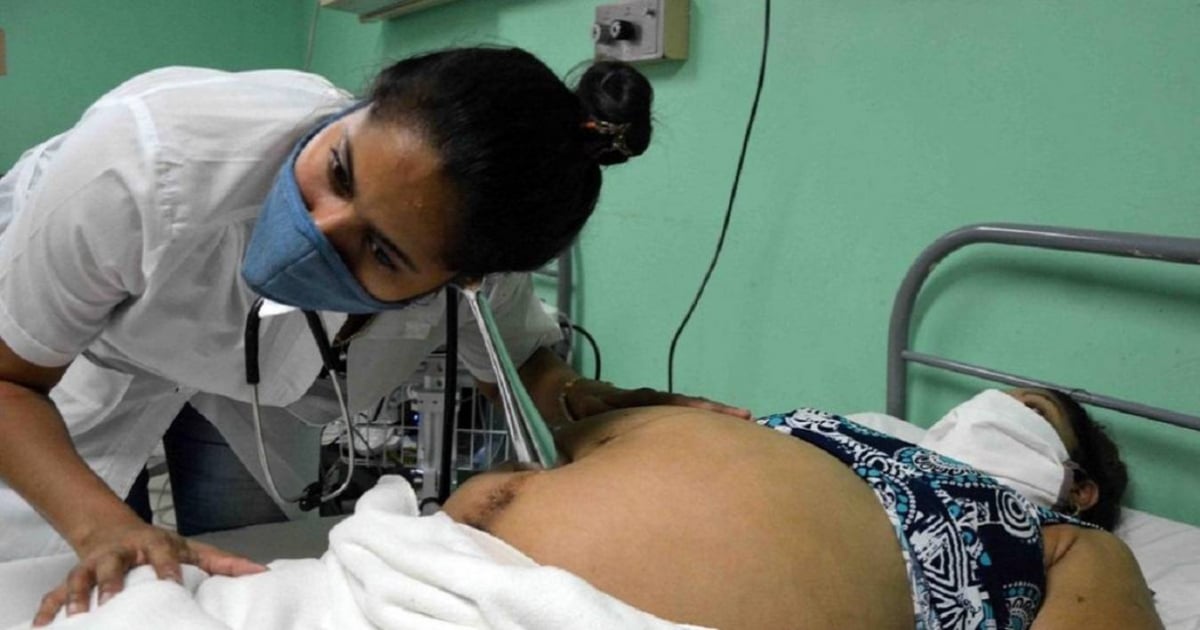Researchers in Brazil have discovered the first evidence of vertical transmission of the Oropouche virus, meaning it can be passed from mother to child during pregnancy. This breakthrough, published in the New England Journal of Medicine (NEJM), marks a critical advancement in understanding the disease, which the World Health Organization (WHO) has classified as a "high regional risk" in the Americas due to its rapid spread.
Understanding the Traditional Transmission
Typically, the Oropouche fever virus is spread through the bite of the Culicoides paraensis midge, also known as the biting midge, and certain mosquito species. However, the confirmation of vertical transmission highlights new risks, especially for pregnant women in areas where the virus is endemic.
Case Study: A Deep Dive into Vertical Transmission
The study focused on a 40-year-old Brazilian woman who was 30 weeks pregnant. She experienced fever, muscle and headaches, and eventually dark vaginal bleeding, after which doctors confirmed the fetus's death. Molecular analyses, conducted after weeks of symptoms and pregnancy complications, confirmed the Oropouche infection, ruling out other viruses such as dengue, Zika, and chikungunya. The virus's RNA was found in fetal tissues, linking the infection to the fetal demise.
Genetic Insights and Emerging Strains
Phylogenetic analysis showed that the virus belonged to emerging strains from the current outbreak in Brazil, underscoring the risks associated with this new transmission mode. Since its description in 1955, the virus has caused sporadic outbreaks in South America and the Caribbean. In 2024, Oropouche fever spread to previously unaffected areas in Brazil, driven by emerging genetic variants.
The Growing Threat in the Region
Experts warn that this expansion could reach other countries in the region, such as Argentina, where the vector is present. In Cuba, the disease began spreading last year and has now reached the entire island. The Pan American Health Organization (PAHO) recommends actions such as removing water breeding sites where insects thrive, using screens, repellents, and bed nets to prevent bites, and bolstering epidemiological surveillance in endemic areas.
Potential Sexual Transmission: A New Concern
Recent research in Italy detected Oropouche virus RNA in a patient's semen, suggesting the possibility of sexual transmission. Although further studies are needed, this could represent another previously undocumented transmission route.
With these new findings, experts stress the importance of raising awareness about Oropouche fever, particularly among pregnant women and travelers to affected regions.
